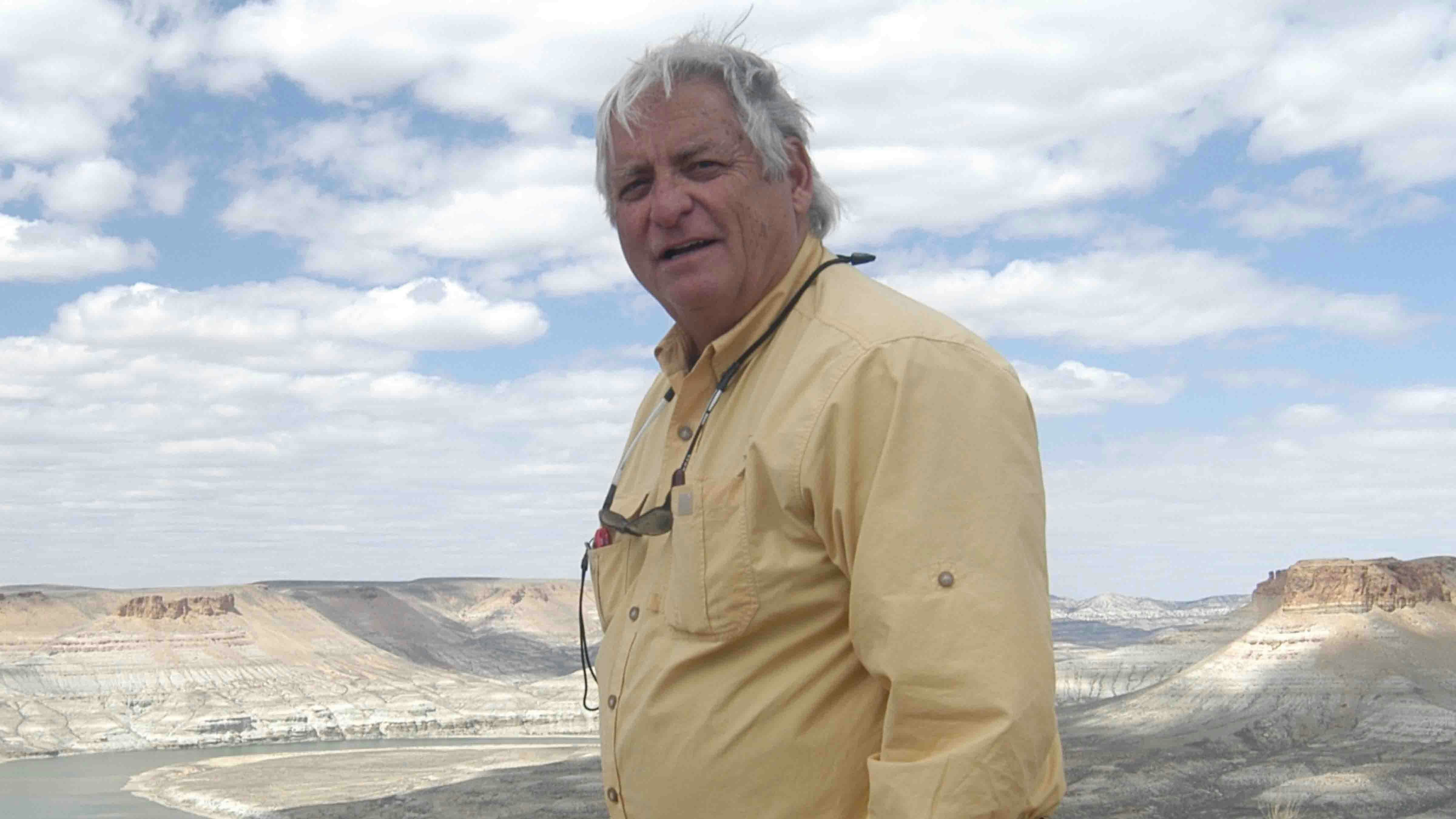CHEYENNE — Whenever someone suggests that impoverished small towns should be left to die, there is an inevitable backlash — like a giant statewide gasp.
The most recent suggestion was from Rep.John Bear of Gillette, former Freedom Caucus chair. But there have been others before him.
One woman member of a state commission that paid for municipal water projects suggested years ago that it might be time for the state to consider “letting a small town die.”
Observers were appalled at the idea.
Small towns are Wyoming’s sacred cows.
Since the the Freedom Caucus as a group wants to cut government spending this coming session, you may start seeing the financially-starved towns start dying.
Or you may see the caucus members succumb to the inevitable strong and emotional support of small towns.
This will be a test.
The Wyoming Legislature has shown its support of small towns by its current allocation of $146 million over two years through its Direct Contribution Program
This is a program to cut the locals in on the financial bonanzas of the state — a share-the-wealth deal.
Wyoming has 99 cities and towns. Most are towns – small towns.
They are important to tourism — little hamlets with a bar and cafe that reek of the Old West ambiance easterners crave. But not all of them have even that much of an attraction.
During a recent meeting of the Legislature’s Management Audit Committee, a couple of ranchers from Manderson — brothers Rod and Tim Patrick - made a pitch for more state money for the Direct Distribution Program for all small towns.
Rod is Manderson’s mayor; Tim is a former mayor, now a council member.
Manderson, a village in Big Horn County, population 88, is one of the small towns that need more state money.
Tim Patrick began his presentation by thanking all the officials involved in the Direct Distribution Program.
Manderson receives about $49,000 a year from the direct contributions
“We’re grateful. If it wasn’t for you guys, we wouldn’t be a town,” Tim Patrick said.
He then rattled off Manderson’s problems, including aging sewer and water systems.
“We’ve lost our school,” he said.
All that's left is a burg of old people with little money, that is reeling toward the dissolution of its corporation status.
If that happens, all of Manderson’s assets would be divided between nearby communities like Hyattville or Basin, according to state law.
Bake sales and “White Elephant deals” aren’t doing enough for Manderson to get out of the financial red zone, Patrick said.
At the beginning of his time at the committee microphone, Tim derided himself and his brother as “a couple of hillbillies” who did not speak as well as others at the meeting.
That was wrong. They were the best possible representatives of the Wyoming folks trying to save their small towns.
Tim Patrick gave a powerful, plaintive warning.
“I tell you, if we lose these small towns, we’ve lost Wyoming.” he said.
Meanwhile the Direct Distribution Program for this biennium’s allocation gave Casper and Cheyenne, the most populous cities, more than $6 million each.
The least populous, Lost Springs, population 3, receives $15,000 per year.
The question facing lawmakers is whether it is worth spending this money on such a tiny town, or if it could be invested elsewhere.
Could we, in good conscience, let Lost Springs die? Or Manderson? Or Hyattville?
I think as long as Wyoming has money in the bank, they will get state help.
Whether that is wise or not is debatable.
—————————————————————
Contact Joan Barron at 307-632-2534 or jmbarron@bresnan.net





